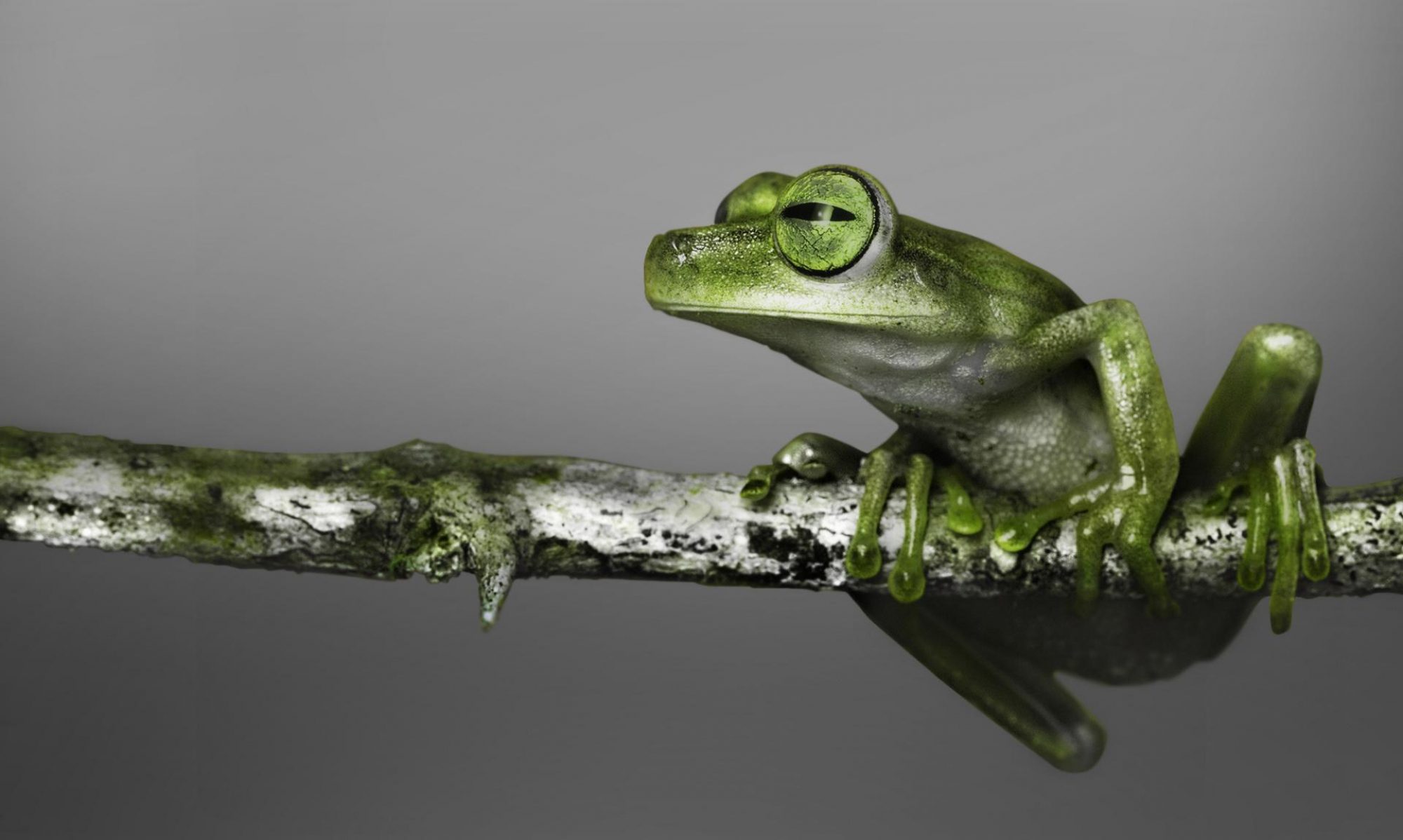What Am I Doing?
Parametrize the skeletal structure of a frog
MORE DETAILS
See how feasible it is to convert a CT scan of a frog (the rana clamitans, to be specific) into a parametric model.
What was I thinking?
I want to recreate a frog (like a robot replica).
Nature is the best mentor (even if its through reverse engineering).
MORE DETAILS (context)
My goal was to replicate organic systems in a robotic fashion.
In the pursuit of replicating, I am keenly looking for patterns, coincidences, or anything peculiar. That is where the real benefit is from pursuing somewhat-unrealistic projects like these. Much like puzzle pieces, the more bits of information I can collect, the more design principles I can propose, which could be used in prototyping. The information also helps with developing a keener eye for reverse engineering.
The entire discovery process acts like a positive feedback system.
What I made?
Not much.
A CAD model of the tibula and fibula.
MORE DETAILS (jargon)
I made a CAD model to replicate (to the best of my ability) the CT scan, both in scale and details. Unfortunately, I only made the left tibia and fibula.
To my surprise, I noticed some symmetries in the smaller details of the bone, in the minor axis.
There were some unexpected realizations from this small endeavor.
MORE DETAILS (jargon)
Firstly, the transition from the bone shaft to the articulating surface is simply complicated. The underlying geometry between bone shaft and the spherical-like articulating surface (or fillet-like, depending on the side) are not identical. This made the transition particularly difficult. There needs to be a strong emphasis on matching the number of vertices between sections, to have some feasibility in creating a transition.
Secondly, the transition from sketch to sketch (which are effectively just 2D cross-sections of the bone) were handled really well by simply creating extrusions that were perpendicular to the sketch plane. In other words, as long as the separate extrusions (that make up the entire bone) are tangent to each other, everything worked out well.
Thirdly, the angular positioning (in a 3D sense, of course), of each 2D cross section became complicated, quick. The first cross section was easy. The rest of the cross sections are a bit more complicated, as they must be positioned in reference to already-existing. Finding the pitch, yaw, and roll off of CT scans (or STL files) for a particular cross section is more of an artistic endeavor than measurements strictly.
Did it help?
Yes.
I learned nature is elusive.
I learned I need to understand “messiness”.
MORE DETAILS (explanations)
Taking the first step is important.
My first steps are typically not glamorous. Nonetheless, I find immense value in them as they create the small foundation from which to build on. Typically, after a leave of absence, returning to the project with a different perspective (derived from forgetting about the details of the first step), I become more apt to address the more strenuous obstacles encountered before.
Thanks to the Blackburn Lab at the University of Florida at the University of Florida for providing the Rana Clamitans CT scan.




